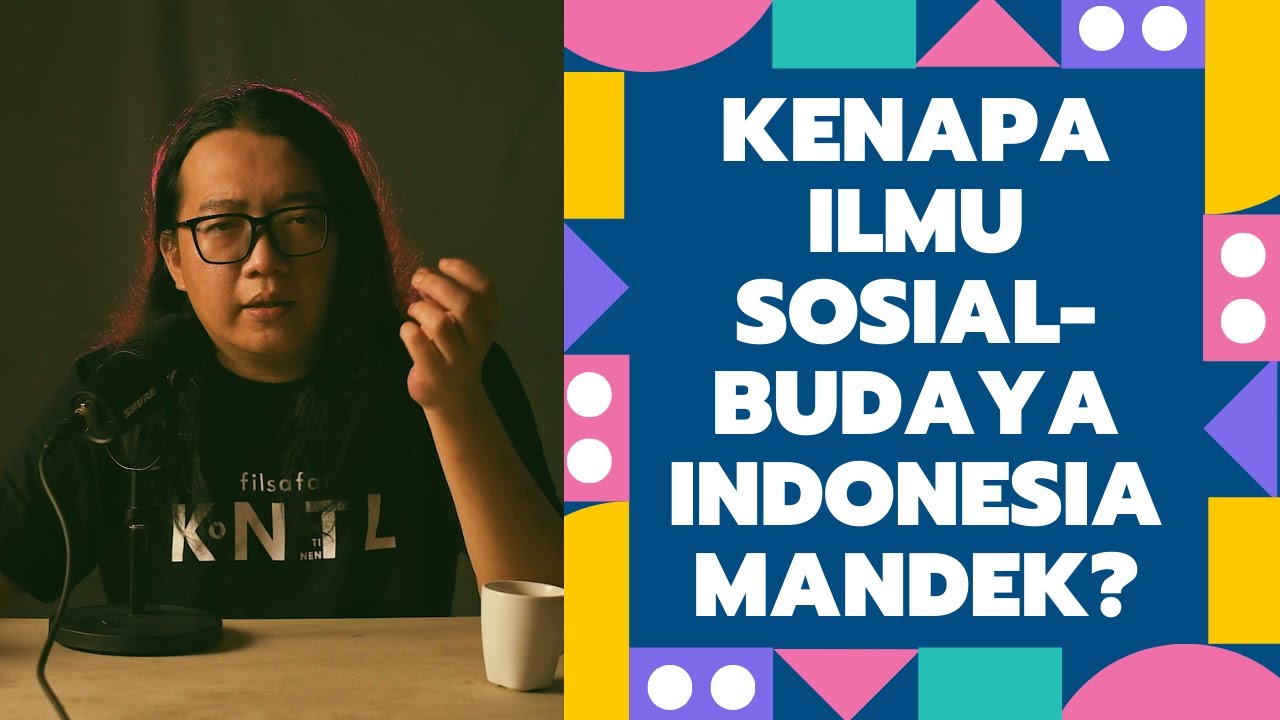Siklus Konversi (1 dari 3)
Summary
TLDRThis video script discusses the conversion cycle, which transforms raw materials into finished products. The script is divided into three parts: the first explains the concept of procedures and Bill of Materials (BOM); the second covers the main procedures within the conversion cycle; and the third addresses the risks involved. The script highlights that the conversion cycle is not exclusive to manufacturing companies but also applies to service and trading companies. It outlines the main procedures such as designing, procuring materials, production, and maintenance of production equipment. Additionally, it explains BOM as a document detailing the components, time, labor, and costs required to produce a product, providing examples of BOM in both diagram and application formats.
Takeaways
- 🔍 The video series will explain the conversion cycle, which is the process of transforming raw materials into finished products.
- 📚 The discussion will be divided into three parts: understanding procedures and bill of materials, main procedures within the conversion cycle, and risks associated with the conversion cycle.
- 🏭 The conversion cycle is not exclusive to manufacturing companies; it is also present in service and trading companies, albeit in different forms.
- 🛠️ The cycle involves procedures such as designing, planning, production, storage, and maintenance of production equipment.
- 📈 Bill of materials (BOM) is a document that lists the components needed to produce a product, including diagrams, time requirements, labor, costs, and steps involved.
- 📝 BOM can be thought of as a recipe for manufacturing, detailing the ingredients and steps required to create a finished product.
- 📊 BOMs can be detailed into multiple levels, reflecting the complexity of the product, with each component broken down into subcomponents.
- 🖼️ BOMs often include diagrams to show the relationship and position of components within the final product.
- 📅 BOMs are dated and signed by the responsible party to ensure accountability and traceability.
- 💻 Modern BOMs are often digital, making the production process faster, more accurate, and easier to manage.
- 🔗 The video encourages viewers to watch the second part for a continuation of the topic.
Q & A
What is the main topic of the video series?
-The main topic of the video series is the conversion cycle, which is the process of transforming raw materials into finished products.
How many parts is the video divided into?
-The video is divided into three parts.
What will be discussed in the first part of the video?
-The first part will discuss the concept of procedures and the bill of materials.
What will be covered in the second part of the video?
-The second part will cover the main procedures within the conversion cycle.
What will be the focus of the third part of the video?
-The third part will focus on the various risks present in the conversion cycle, the basic data required, and the entity-relationship diagram that can be used in the conversion cycle.
What is the conversion cycle's role in a manufacturing company?
-In a manufacturing company, the conversion cycle is responsible for transforming raw materials into tangible products, such as textiles, paper, bottles, etc.
Can the conversion cycle be outsourced?
-Yes, the conversion cycle can be outsourced to third parties, meaning the company does not necessarily have to perform the cycle itself.
What is a 'bill of materials'?
-A bill of materials is a document that lists the components required to manufacture a product, including information such as the components, their quantities, labor requirements, costs, and possibly the steps involved in creating the product.
How is a bill of materials useful for management?
-A bill of materials allows management to understand how many materials are needed to produce a certain number of finished products, aiding in planning and cost control.
What is an example of a non-manufacturing company using a conversion cycle?
-A service company, such as an internet service provider, uses a conversion cycle to process their 'products' like providing different types of internet connections.
What are the main procedures involved in the conversion cycle?
-The main procedures in the conversion cycle include designing, planning material procurement, production planning, production, handing over finished goods to the warehouse, and maintaining production equipment.
How is the bill of materials evolving with technology?
-The bill of materials is evolving with technology by being integrated into computer applications, making the process faster, more accurate, and easier.
Outlines

Dieser Bereich ist nur für Premium-Benutzer verfügbar. Bitte führen Sie ein Upgrade durch, um auf diesen Abschnitt zuzugreifen.
Upgrade durchführenMindmap

Dieser Bereich ist nur für Premium-Benutzer verfügbar. Bitte führen Sie ein Upgrade durch, um auf diesen Abschnitt zuzugreifen.
Upgrade durchführenKeywords

Dieser Bereich ist nur für Premium-Benutzer verfügbar. Bitte führen Sie ein Upgrade durch, um auf diesen Abschnitt zuzugreifen.
Upgrade durchführenHighlights

Dieser Bereich ist nur für Premium-Benutzer verfügbar. Bitte führen Sie ein Upgrade durch, um auf diesen Abschnitt zuzugreifen.
Upgrade durchführenTranscripts

Dieser Bereich ist nur für Premium-Benutzer verfügbar. Bitte führen Sie ein Upgrade durch, um auf diesen Abschnitt zuzugreifen.
Upgrade durchführenWeitere ähnliche Videos ansehen
5.0 / 5 (0 votes)






